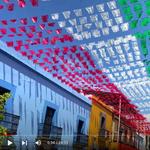Kasey & Dylan
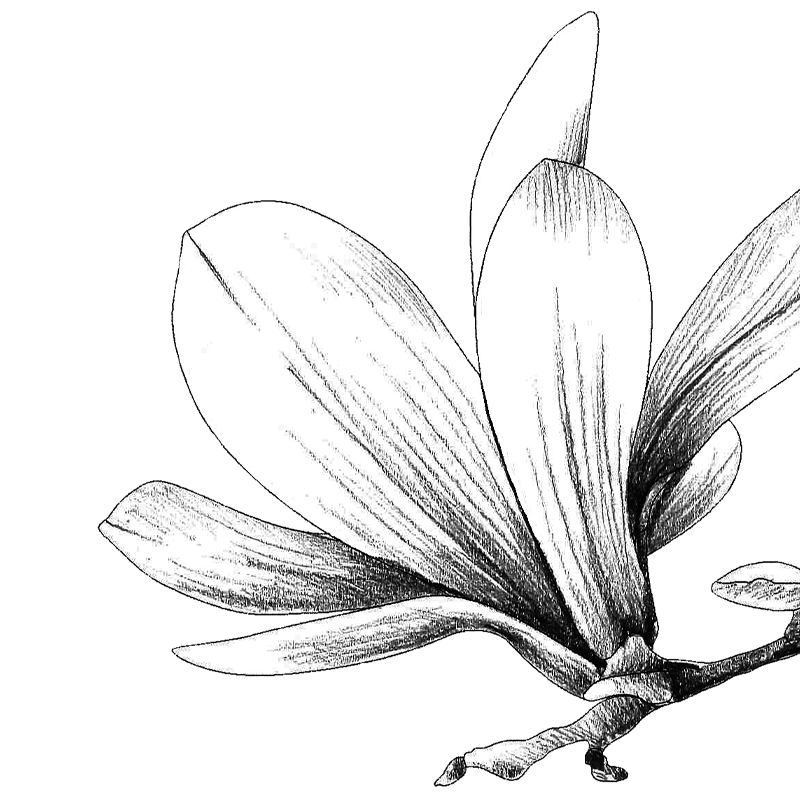
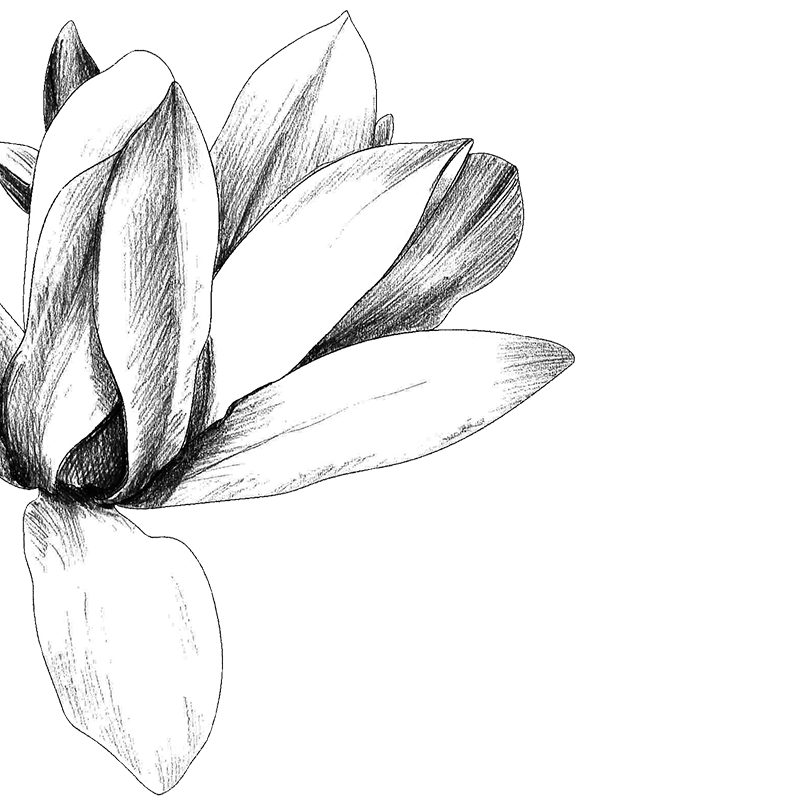
Things To Do
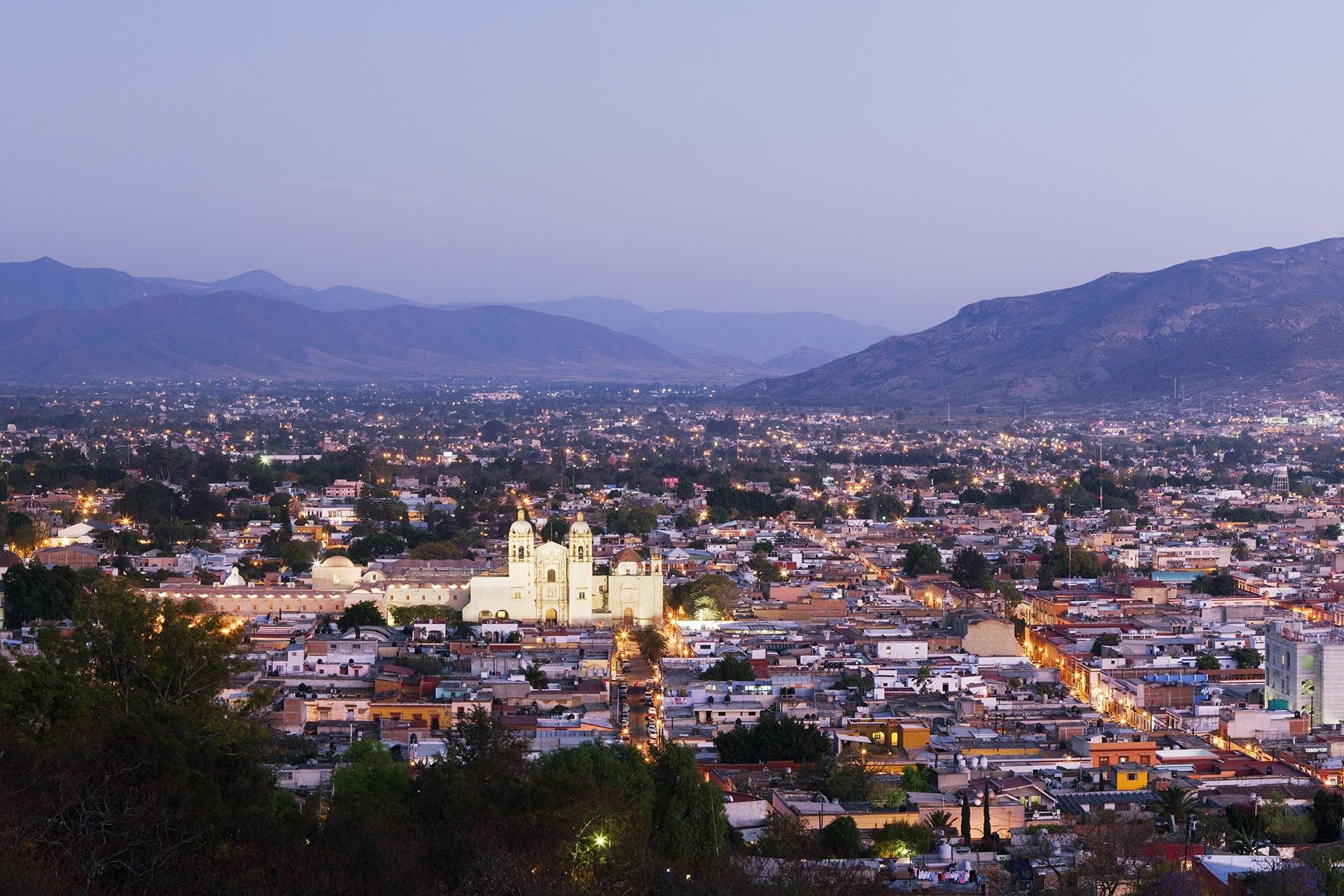
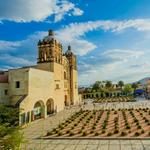
Museum of Cultures of Oaxaca
The Museo de las Culturas de Oaxaca is a regional culture museum that walks visitors chronologically from ancient times all the way to modern-day Oaxaca. Keep in mind that the museum's signage is in Spanish, though there are audio tours available in English. Many were pleasantly surprised with its offerings, citing the stunning architecture and the fascinating and well-executed exhibits. Recent visitors also recommended popping by the museum's gift shop and enjoying the second-floor balcony's view overlooking the botanical garden. You'll find the Museo de las Culturas de Oaxaca inside the adjoining buildings to the Templo de Santo Domingo. Both the church and the museum are located about a 10-minute walk north of the Zócalo. Take the Andador de Macedonia Alcala pedestrian walkway for a scenic route. The museum is open Tuesday through Sunday, from 10 a.m. to 8 p.m., with the last entrance at 6:15 p.m. Admission costs 80 pesos (around $4).
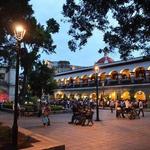
Zócalo Oaxaca
Oaxaca's main square – formally referred to as the Plaza de la Constitución de Oaxaca, but colloquially called the Zócalo – is a must-see. Skirted by cafes and eateries and bounded by the Palacio de Gobierno (the State Government Palace) on its south side, the Zócalo is a prime spot for people-watching, picking up a souvenir or two and watching day fade into vibrant night. Thanks to its leafy landscaping and many trees, it's also a relaxing place to cool off in the shade. Plus, the Mercado Benito Juarez sits just minutes from the square. Recent visitors gushed about the Zócalo, saying it's a nice spot for an afternoon coffee or an evening margarita. Others suggested visiting at night when the Zócalo fills with live music. You'll find the Zócalo in the heart of Oaxaca; it is free to enjoy at all hours of the day (though businesses operate on their own hours).
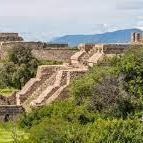
Monte Albán
Monte Alban is the most important archaeological site of the Valley of Oaxaca. Inhabited over a period of 1,500 years by a succession of peoples – Olmecs, Zapotecs and Mixtecs – the terraces, dams, canals, pyramids and artificial mounds of Monte Albán were literally carved out of the mountain and are the symbols of a sacred topography. Please keep in mind covid has changed the way tours are conducted.
